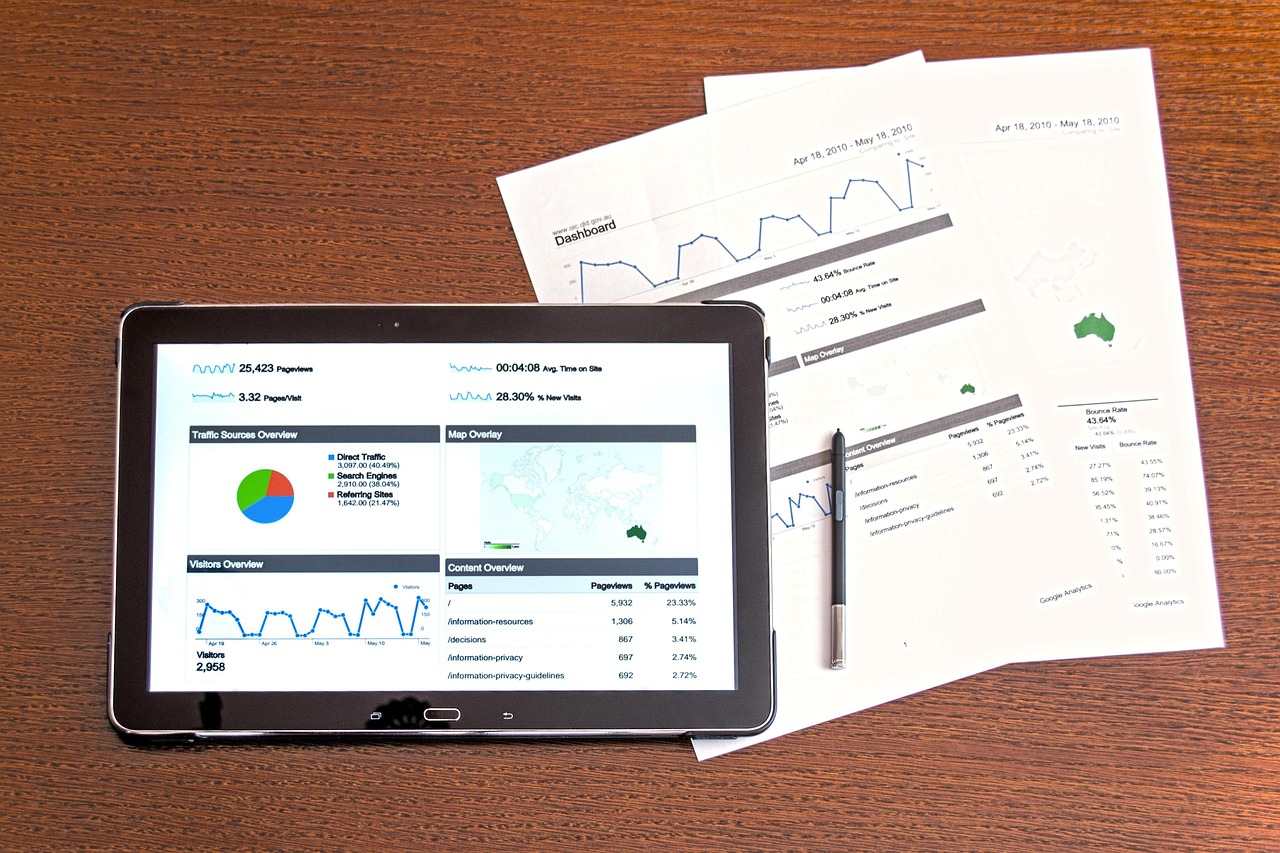The Total Cost of Ownership (TCO) of an ERP system is the full picture of all expenses related to implementing, maintaining, and evolving the system. It’s much more than just the license fee or initial implementation cost — TCO covers the entire lifecycle of the system, often spanning many years. This is where most of the “hidden” costs appear.
Why TCO Matters in ERP Decisions
ERP implementation is a strategic decision — it shapes workflows, company culture, and long-term competitiveness. Understanding TCO helps you:
- Accurately compare vendors (cloud vs on-premise),
- Plan budgets over years, not just for the go-live,
- Avoid unexpected expenses that could derail the project.
Companies that look only at upfront costs often end up paying far more in the long run.
Components of ERP TCO
- Initial costs (CAPEX): licenses, configuration, implementation, data migration.
- Operational costs (OPEX): maintenance, updates, hosting, subscription fees.
- Indirect costs: training, integrations, temporary productivity loss during transition.
- Strategic costs: investments in system growth and adaptation to market/legal changes.
Hidden ERP Costs You Might Overlook
1. Integrations with Other Systems
ERP rarely operates in isolation. Connecting CRM, WMS, B2B/B2C platforms, or BI tools requires extra development and testing.
💡 Example: Integrating with an e-commerce platform can cost from a few thousand to tens of thousands of euros depending on automation needs.
2. Customizations and Modifications
Tailoring ERP to unique business processes adds complexity and recurring costs — especially during upgrades, as custom modules must be re-tested and adapted.
3. Ongoing Training and User Adoption
The first training session is just the beginning. Staff turnover, new modules, and process changes mean training must be repeated.
💡 Tip: Include an annual “training fund” in your IT budget.
4. Productivity Drop During Transition
For the first months post-go-live, productivity can drop by 10–20% as employees adapt to new processes.
5. Update and Compatibility Costs
New ERP versions may require hardware upgrades, database license renewals, or re-engineering of integrations.
6. Support and SLA
Higher availability guarantees and faster response times mean higher subscription or support fees.
How to Reduce TCO and Avoid Pitfalls
- Define clear requirements — pay only for modules you truly need.
- Choose scalability — select ERP that can grow with your business without costly overhauls.
- Plan long-term budgets — include maintenance and training for 5–10 years.
- Negotiate SLA terms — align them with actual business needs.
- Monitor post-implementation costs — review TCO annually with actual expenditure reports.
A mid-sized retail company planned a €250,000 ERP budget. Within a year, total costs rose by 25% due to unexpected integrations, repeated training sessions, and module customizations. Only in the second year did costs stabilize, thanks to a stricter change approval process and tighter project scope control.
Is TCO always higher than the initial implementation cost?
Yes, because it includes ongoing maintenance, support, and development costs over the system’s lifespan.
How long should you calculate TCO for ERP?
Typically for a 5–10 year horizon, depending on company strategy and software lifecycle.
Is cloud ERP cheaper in TCO than on-premise?
It depends — cloud has lower upfront costs but subscription fees may surpass on-premise costs after several years.




